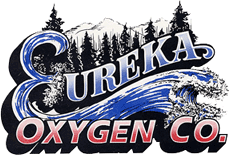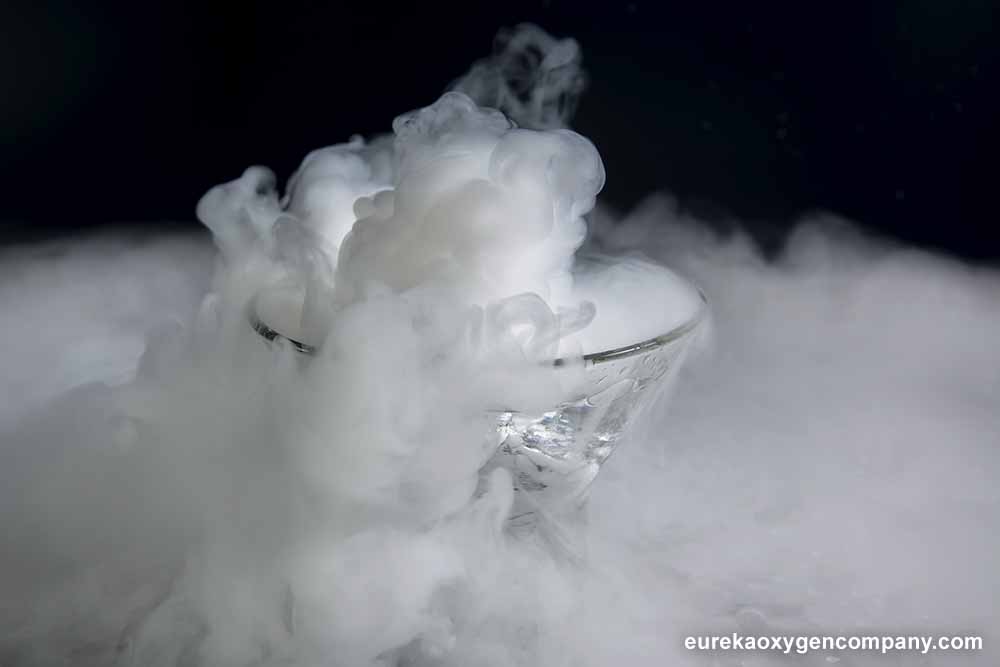Uses For Dry Ice

Safety

Preservation
When using dry ice, the more it is exposed to air the faster it will sublimate and disappear. When using it for something like a long camping trip, care should be taken to reduce the amount of air in the container. Place the dry ice on top of frozen foods in an insulated container and fill the rest of the space with newspaper or towels to remove as much air as possible. Cover the outside of the dry ice block with a few layers of paper or towels to add insulation and slow sublimation. Don’t use a completely sealed container or the off-gassing will cause the container to burst. Keep the cooler in a ventilated place and don’t ride in a completely closed up vehicle with it.
Eureka Oxygen carries dry ice for whatever need you to have, from party fun to camping trips! See our website for the location closest to you and give us a call!

